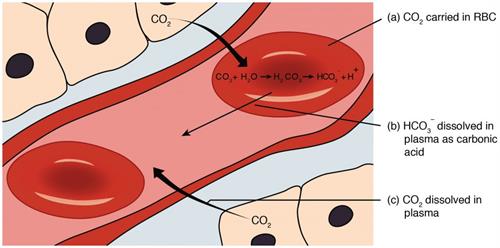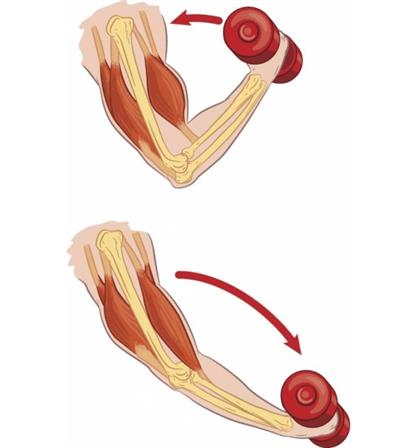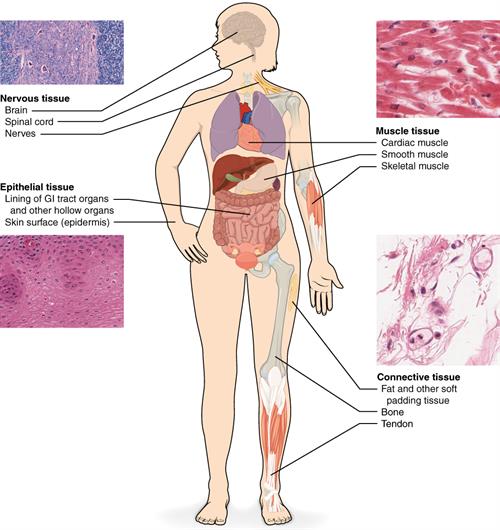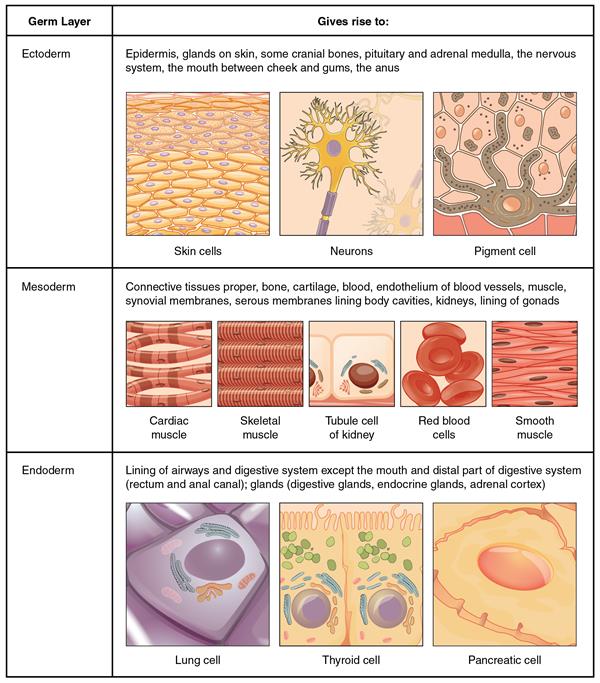
PUMPA - SMART LEARNING
எங்கள் ஆசிரியர்களுடன் 1-ஆன்-1 ஆலோசனை நேரத்தைப் பெறுங்கள். டாப்பர் ஆவதற்கு நாங்கள் பயிற்சி அளிப்போம்
Book Free DemoWe had covered the principles of plant tissues in detail in the previous topic. This section will be devoted to animal tissues, and we will go through the various forms in great detail. Before we go into detail, we need to know a few essential characteristics of animal tissues to understand them properly.
We already learnt that,
- Animals move around in search of food, shelter and mates.
- Animals requires more energy as compared to plants.
- Most animal tissues are living tissues.
- The structural organization of organs and organs system in animals is complex than plants.
- Unlike plants, after reaching maturity, animals do not show growth.
- Animal tissues are doing very complex functions in the body,
The following examples explain some of the different tissues located in an animal body.
1. The transport of different substances from one part of the body to the other is carried out by a fluid tissue called blood. It transports oxygen and food to all cells, and also it collects waste materials from different parts of the body and passes them to the liver and kidney for disposal.

Transport of carbon dioxide in the blood
2. The movement of an animal is supported by tissues viz., muscular tissue and bones.

Contraction and relaxation of muscle
Skeletal muscles always work in pairs because they always pull in one direction. When one of the muscles in a pair contracts, the other relaxes. The bone moves in the same direction as the contracting muscle, and when it relaxes, the bone will not be back to its original location. For that, the other muscle has to contracts allow the bone to shift in the opposite direction, and it occurs simultaneously with the relaxation of the other muscle.
3. The coordination in body parts movement is facilitated by the particular type of tissue called nervous tissue.
From all the above examples, we can understand that tissues play a vital role in an animals body functions.
Based on the functions they perform, animal tissues are classified into four basic types are as follows.
- Epithelial tissue
- Connective tissue
- Muscular tissue
- Nervous tissue

Different types of tissues present in the human body
In general, all the tissues are originated from the three germ layers in the embryonic stage, namely
- Ectoderm - It is the outermost germ layer
- Endoderm - It is found in between the ectoderm and endoderm.
- Endoderm - It is the innermost layer

Types of germ layers
In this topic, we are going to study about
a) Different types of epithelial tissues
b) Different types of connective tissues
c) Different types of muscular tissues
d) Different types of nervous tissues
b) Different types of connective tissues
c) Different types of muscular tissues
d) Different types of nervous tissues
Reference:
https://commons.wikimedia.org/wiki/File:419_420_421_Table_04_01_updated.jpg
https://commons.wikimedia.org/wiki/File:401_Types_of_Tissue.jpg
https://commons.wikimedia.org/wiki/File:401_Types_of_Tissue.jpg